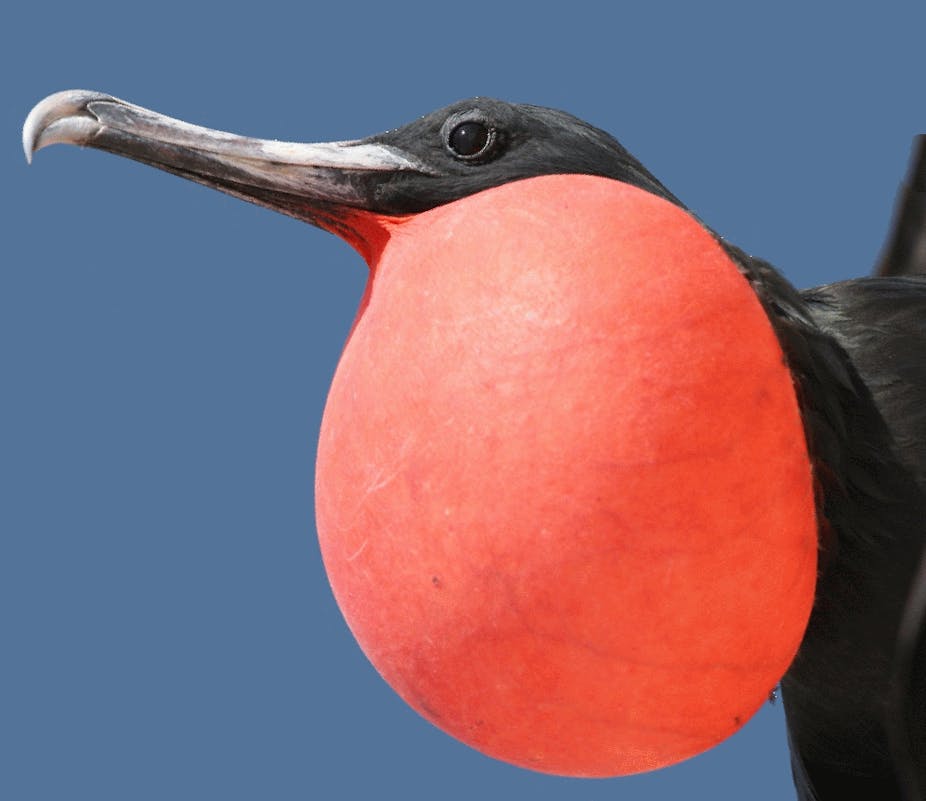The rich biodiversity of the UK’s far-flung overseas territories was highlighted recently by a Parliamentary report. Scattered throughout five oceans, these 14 islands account for much of the species biodiversity for which the UK is responsible: more than 500 threatened species, many of them unique to the islands, and undisturbed habitats of global importance.
While the report revealed the mother country’s lack of support needed to safeguard their natural treasures, it also highlighted examples of conservation successes. One of these is on Ascension Island, whose Conservation Department have had great success restoring breeding seabirds to the island after it was overrun with cats.
A small, remote, volcanic island in the South Atlantic, Ascension Island is rich in unique flora and fauna. At the time of its discovery in the 16th century, it hosted huge seabird colonies, among them the unique Ascension frigate (Fregata aquila). But when cats were deliberately introduced to the island in the early 19th century to control the accidentally introduced rats and mice, they also decimated the birds. For over a century seabirds, in particular the frigatebird, have been largely confined to breeding on Ascension’s tiny outlying islet, Boatswainbird Island, taking refuge there from the feral cat population roaming the mainland.
In 2002, the RSPB began a project to trap and kill feral cats from the island, while domestic cats were neutered to prevent the problem returning. By 2006, Ascension was declared feral cat-free. Starting with the masked boobies, seabirds began nesting on the mainland immediately, followed by brown boobies, brown noddies and both red-billed and yellow-billed tropicbirds. But it wasn’t until 2012 that the island’s most iconic seabird, the Ascension frigatebird returned to the mainland, after 180 years away.

The Ascension frigatebird, found nowhere else in the world, is considered Vulnerable on the IUCN’s threatened species’ Redlist. In fact it is one of 32 globally threatened birds found in the UK’s Overseas Territories. The large black seabirds, known as frigatebirds or pirate birds from their habit of stealing other bird’s food in flight, are also known for the males’ impressive red neck pouches, which during courtship are inflated to form a heart-shaped balloon.
The discovery of the first two frigatebirds nesting on the mainland caused a lot of excitement. This season, the Ascension Island Government Conservation Department has carried out routine searches of Letterbox Peninsula, where the first nest was found, and a further 12 new nests have been discovered. Frigatebirds have truly made a return to Ascension.
The islands’ seabird conservation scientist, Dr Eliza Leat, and fieldworker Kenickie Andrews led the surveys and made the first discovery close to the site of the nest in 2012. To minimise disturbing the birds, the nests are monitored by movement-triggered camera traps, which can provide valuable data on such aspects as how frequently each chick is fed, and how often they are left alone.
These data will also help inform our current project to devise and implement the first national Biodiversity Action Plan for Ascension Island (BAP). This will identify current threats to species that are a conservation priority, and also important habitats such as the Green Mountain and shallow marine waters. This project is run by the island’s Conservation Department, but brings together independent scientists and specialists from the University of Exeter, Queen Mary University London, RSPB, Kew Gardens, and the Centre for Ecology to produce a strong plan that will protect the Island’s biodiversity.
It’s marvellous that our frigatebirds appear to be recolonising the mainland, and 12 nests are more than we dared hope for. Funded by the British Foreign Office, Defra’s Darwin Initiative, the European Union and the RSPB, with help from New Zealand ecologists Wildlife Management International and the Army Ornithological Society, successes like this and others, such as a similar project to exterminate rats from South Georgia, demonstrate what is possible with sufficient resources and expertise.
Hopefully this will raise the profile of the rare and wonderful species found within the overseas territories, the plight of some of their most fascinating species, and highlight the need for the money and manpower that will ensure they’re still there into the future.

